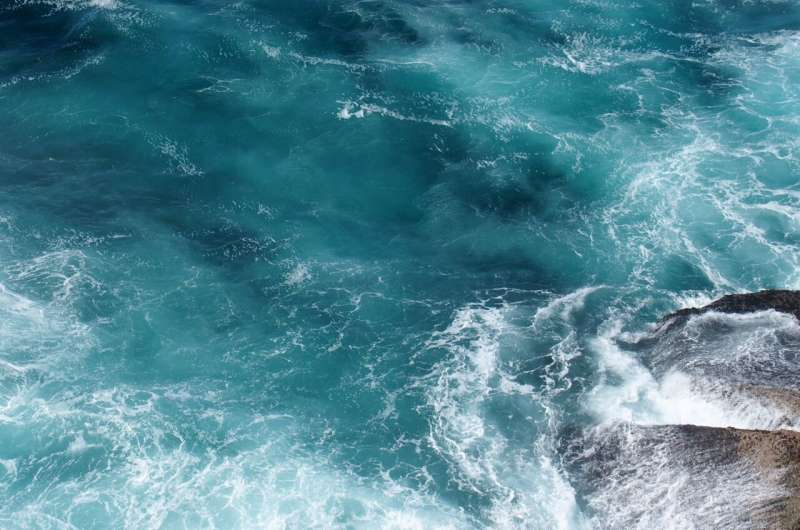Study finds record-breaking rates of sea-level rise along the U.S. Southeast and Gulf coasts

Sea levels along the U.S. Southeast and Gulf coasts have been rapidly accelerating, reaching record-breaking rates over the past 12 years, according to a new study led by scientists at Tulane University.
In the study, published in Nature Communications, researchers said they had detected rates of sea-level rise of about a half an inch per year since 2010. They attribute the acceleration to the compounding effects of man-made climate change and natural climate variability.
“These rapid rates are unprecedented over at least the 20th century and they have been three times higher than the global average over the same period,” says Sönke Dangendorf, lead author and the David and Jane Flowerree Assistant Professor in the Department of River-Coastal Science and Engineering at Tulane.
The authors studied a combination of field and satellite measurements since 1900, pinpointing the individual contributors to the acceleration.
“We systematically investigated the different causes, such as vertical land motion, ice-mass loss, and air pressure, but none of them could sufficiently explain the recent rate,” said Noah Hendricks, co-author and undergraduate student in Dangendorf’s team at his former institution, Old Dominion University in Norfolk, Virginia.
“Instead, we found that the acceleration is a widespread signal that extends from the coasts of the Gulf of Mexico up to Cape Hatteras in North Carolina and into the North Atlantic Ocean and Caribbean Seas, which is indicative for changes in the ocean’s density and circulation.”
Over the past 12 years this entire area, known as the Subtropical Gyre, has been expanding primarily due to changing wind patterns and continued warming. Warmer water masses need more space and thus lead to a rise in sea level.
The scientists suggest that the recent acceleration was an unfortunate superposition of man-made climate change signals and a peak in weather-related variability that lasted over several years. They conclude that the rates will likely return to the more moderate values as predicted by climate models in the coming decades.
“However, this is no reason to give the all clear,” said Torbjörn Törnqvist, co-author and the Vokes Geology Professor in the Department of Earth and Environmental Sciences at Tulane. “These high rates of sea-level rise have put even more stress on these vulnerable coastlines, particularly in Louisiana and Texas where the land is also sinking rapidly.”
Dangendorf said the “results, once again, demonstrate the urgency of the climate crisis for the Gulf region. We need interdisciplinary and collaborative efforts to sustainably face these challenges.”
More information:
Acceleration of U.S. Southeast and Gulf coast sea-level rise amplified by internal climate variability, Nature Communications (2023). DOI: 10.1038/s41467-023-37649-9
Citation:
Study finds record-breaking rates of sea-level rise along the U.S. Southeast and Gulf coasts (2023, April 10)
retrieved 10 April 2023
from https://phys.org/news/2023-04-record-breaking-sea-level-southeast-gulf-coasts.html
This document is subject to copyright. Apart from any fair dealing for the purpose of private study or research, no
part may be reproduced without the written permission. The content is provided for information purposes only.
For all the latest Science News Click Here
For the latest news and updates, follow us on Google News.

